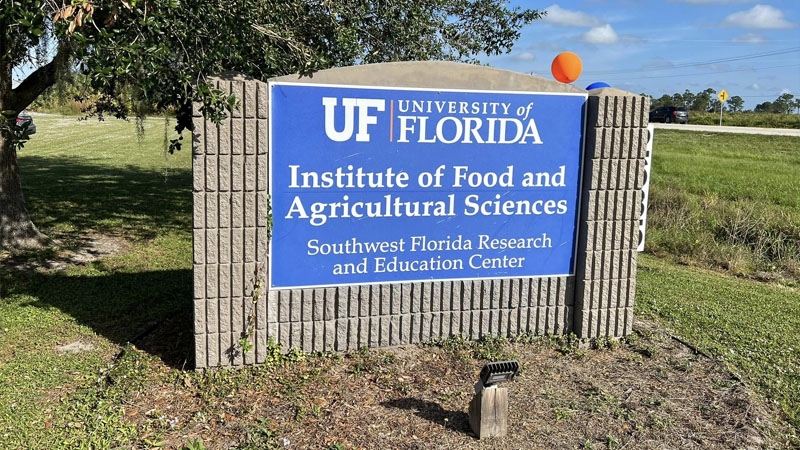Exclusive content

A recent study has shed light on the state of seafood food loss and waste in the United States, presenting a significant decrease from previous estimates. Conducted by researchers from the University of Florida Institute of Food and Agricultural Sciences (UF/IFAS), the study provides a comprehensive analysis of food loss and waste in the U.S. aquatic foods sectors, offering insights into consumption patterns and supply chain dynamics.
Methodological Advancements Yield Detailed Insights
Led by Professor Frank Asche from the School of Forest, Fisheries, and Geomatics Sciences, the study builds upon previous estimates from the Food and Agriculture Organization of the United Nations. Asche notes that while the method remains consistent, the data are more detailed, focusing on species consumption and supply chain characteristics.
The study, spanning a four-year period from 2014-2018, analyzed the top 10 fish species consumed in the United States, including shrimp, canned tuna, salmon, and others. Importantly, it identified primary production and final consumption stages as the key areas where food loss and waste predominantly occur.
Emphasizing Efficiency and Sustainability in Aquaculture
With aquaculture accounting for approximately 50% of edible seafood production globally, there is a pressing need to improve its efficiency and resilience. Professor James Anderson, a UF/IFAS food and resource economics expert, underscores the importance of investing in initiatives to reduce waste and enhance efficiency in aquaculture operations.
The study also evaluates quality loss, highlighting the significance of minimizing food waste beyond physical losses. Understanding consumer behavior is key, as the research indicates that factors such as inadequate handling and storage practices contribute to seafood waste at the household level.
Implications for Future Action
The findings of the study not only offer hope for improved food security in the aquatic foods industry but also provide valuable insights for policymakers and stakeholders. By focusing on regulation and consumer education, there is potential to further reduce food loss and waste, ultimately promoting a more sustainable and resilient seafood supply chain.